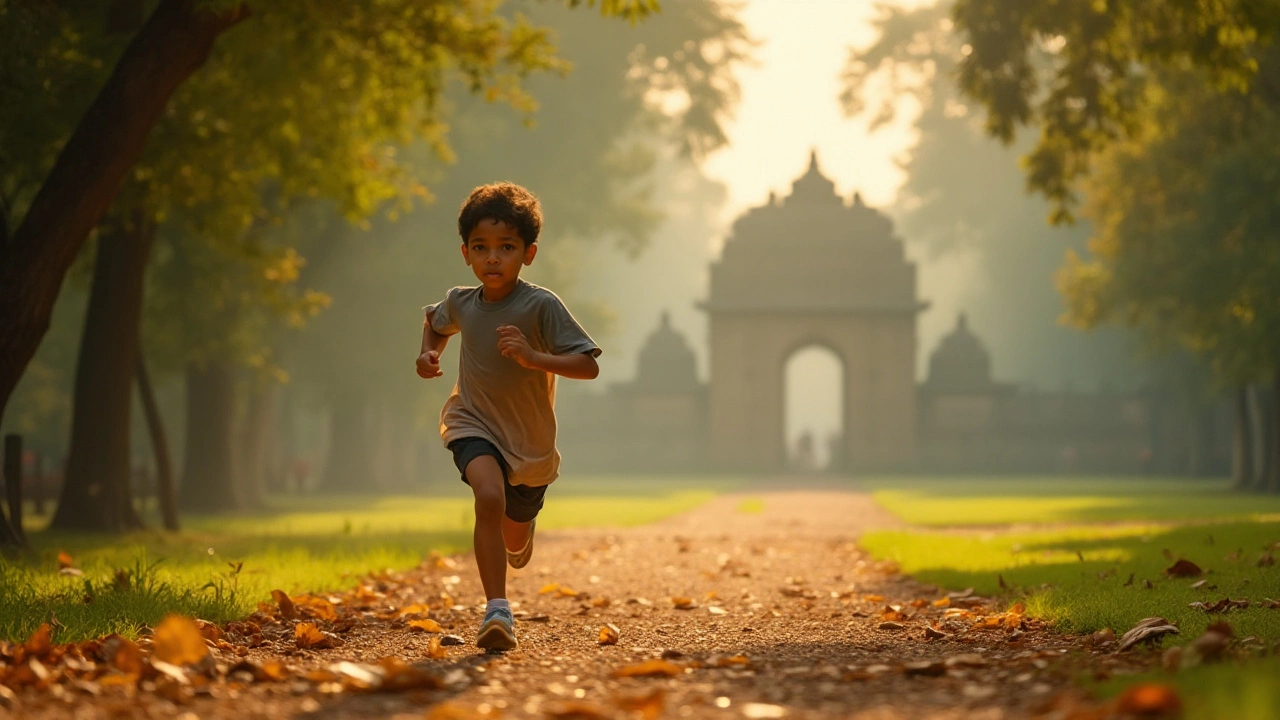Barefoot Running: Form, Shoes, Training & Recovery
When talking about barefoot running, the practice of running with little or no cushioning to let the foot move naturally. Also known as minimalist running, it requires an understanding of minimalist shoes, lightweight footwear that mimics the feeling of being barefoot while offering protection and a proper foot strike pattern, the way your foot contacts the ground – forefoot, midfoot, or heel. The core of the discipline is a solid running form, alignment of posture, cadence, and foot landing that reduces stress on joints. These three entities together shape the safety and effectiveness of barefoot running.
Why does barefoot running matter for most runners? First, ditching bulky shoes forces your muscles and tendons to engage, which can boost foot strength and improve balance. Second, a natural foot strike often lowers impact forces, a key factor when you’re training for long distances like a marathon. Studies show that runners who transition wisely experience fewer overuse injuries, especially when they pair the transition with adequate gait analysis, a professional assessment that identifies how you move. A proper gait analysis can pinpoint a heel‑strike habit that may need correction before you go fully barefoot.
Practical Steps to Start Safely
Start with a pair of minimalist shoes that have a low heel‑to‑toe drop (1‑4 mm). This helps your foot adapt without the shock of a sudden full‑barefoot plunge. Keep the shoes snug but not loose – a recent article on shoe fit warned that shoes half a size too big can cause blisters and misalignments, which defeats the purpose of strengthening your foot. Begin on soft surfaces like grass or a rubber track, and limit sessions to 10‑15 minutes. Gradually increase mileage while monitoring any soreness in the calves, arches, or metatarsals.
While you’re building foot strength, pay close attention to cadence. A higher step rate (around 170–180 steps per minute) encourages a mid‑foot landing, which aligns with the natural pattern most barefoot runners use. Combine this with an upright posture – shoulders relaxed, torso slightly forward – and you’ll reduce the braking forces that cause injuries. If you’re gearing up for a marathon, incorporate long runs at a comfortable pace, then follow up with the same recovery strategies you’d use after any high‑intensity effort: hydration, protein‑rich meals, and gentle stretching of the plantar fascia.
Recovery after a long run or a marathon is crucial, especially when you’re challenging your body with a new foot strike. A 48‑hour post‑marathon recovery plan suggests focusing on glycogen replenishment, anti‑inflammatory foods, and sleep quality to let the foot muscles rebuild. Foam rolling the calves and using a massage ball for the arches can speed up tissue repair. If you notice persistent pain, it may be a sign that the transition was too fast, and a short break in conventional shoes can give your tissues a reset.
Injury prevention isn’t just about foot mechanics; it also involves smart training. The 5K speed goal article highlighted that even short‑distance runners benefit from interval work, hill repeats, and strength training. Adding single‑leg hops, toe‑raises, and balance drills to your routine strengthens the stabilizers that keep the foot from rolling inward or outward during a barefoot stride.
Finally, remember that barefoot running isn’t a one‑size‑fits‑all solution. Some athletes thrive on a fully minimalist approach, while others find a hybrid model—using minimalist shoes for most runs and going fully barefoot on safe trails—more sustainable. The key is to listen to your body, track progress, and adjust based on feedback from your gait, comfort level, and performance goals.
Below you’ll find a curated set of articles that dive deeper into each of these areas: from marathon health benefits to shoe‑size considerations, recovery tactics, and practical renovation tips for your running space. Explore the collection and pick the pieces that match your current stage of barefoot running, whether you’re just curious or fully committed to the natural stride.
 24 Nov 2024
24 Nov 2024
Running without shoes, commonly known as barefoot running, has gained interest among fitness enthusiasts. It challenges conventional beliefs about footwear's role in running efficiency and injury prevention. While it promises improved strength and agility, there's also the risk of injury from lack of cushioning. This article explores the benefits and drawbacks of barefoot running and offers tips for those interested in trying it.
View More
